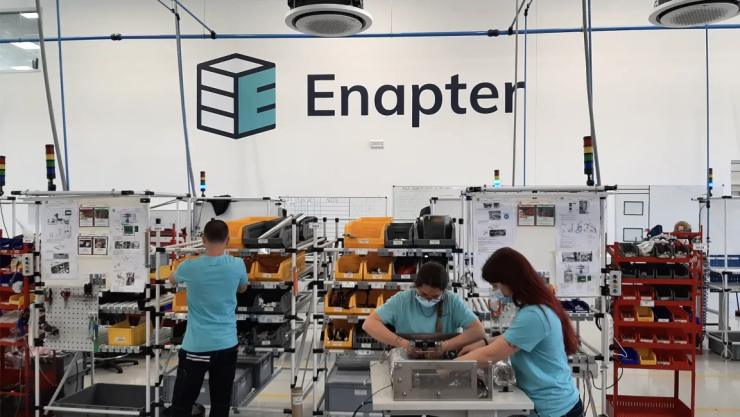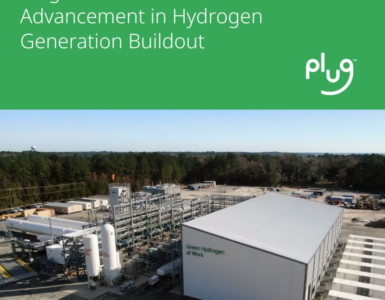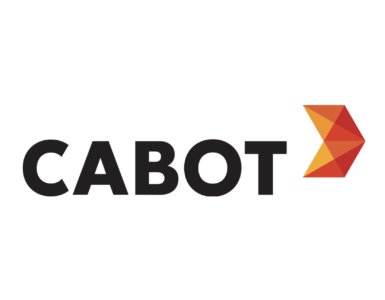Unlocking the potential of hydrogen – Fast Company.
[Fast Company] Enapter’s innovative approach to producing hydrogen may reshape clean energy.Hydrogen, the most abundant element in the universe, has long offered tantalizing potential as a clean alternative to fossil fuels. For decades, electrolyzers—using electricity to extract hydrogen from water—have provided a carbon-free energy carrier to run generators and cars as well as deliver power to buildings.
But adoption has been slow: As of 2018, less than 0.1% of hydrogen came from water electrolysis. Enapter—an international clean-energy-technology company—is changing all that with its new and unique approach to hydrogen production.
🔥 What about we co-host a webinar? Let's educate, captivate, and convert the hydrogen economy!
Hydrogen Central is the global go-to online magazine for the hydrogen economy, we can help you host impactful webinars that become a global reference on your topic and are an evergreen source of leads. Click here to request more details
This breakthrough—along with its equally impactful model of building and managing electrolyzers—has earned Enapter a place among Fast Company’s list of the world’s Most Innovative Companies.
Sebastian-Justus Schmidt, Enapter chairman, said:
We are at the point where we need to decarbonize very quickly.
“Green hydrogen is the way.”
PLUG-AND-PLAY POWER
The emissions benefits of hydrogen are (literally) clear. When used in a fuel cell, hydrogen produces only water—there is no carbon monoxide or other greenhouse gasses.
Even including the CO2 footprint of the wind or solar devices that deliver energy for the electrolysis process, Enapter’s electrolyzer units can already reduce greenhouse-gas emissions by as much as 93% when replacing fossil fuels in areas such as power generation or fueling cars and trucks.
But green hydrogen adoption has been limited by cost. Most hydrogen-production projects are extensive engineering efforts, sometimes requiring systems as big as a factory. Building these systems involves vast amounts of both capital and time.
Enapter takes a different approach, building products instead of projects. The company relies on its patented anion exchange membrane (AEM) cores, which are cheaper and easier to handle than the alkaline or polymer-electrolyte membranes traditionally used to create green hydrogen.
Enapter puts single AEM cores in compact modular electrolyzers that can be linked together to create larger systems. Each unit has internal sensors and is software supported, making stacks of electrolyzers easier to manage.
By stacking multiple cores for large industrial production, the company is taking a similar approach with its megawatt electrolyzers. Enapter draws parallels to the computer industry’s evolution from bulky mainframes to more streamlined PCs and blade servers.
“To really make a dent in fossil fuel consumption we need to push for low cost, easy, scalable solutions,” Schmidt says.
“And after years of improvements and refinements, we are at the point where hydrogen is not only better for the environment but will be able to compete on cost as well.”
GREEN FROM THE GROUND UP
Enapter, which is now a publicly listed company, has 250 employees from 17 countries and was founded with a singular focus on combatting climate change. That philosophy informs not just the company’s products, but also its processes.
Enapter’s electrolyzer, for example, is designed for full recyclability and built in a standardized way that makes it easy to maintain and eventually disassemble.
THIS STORY CONTINUES, READ THE REST IN THE SOURCE LINK BELOW.
Unlocking the potential of hydrogen, source
READ the latest news shaping the hydrogen market at Hydrogen Central








